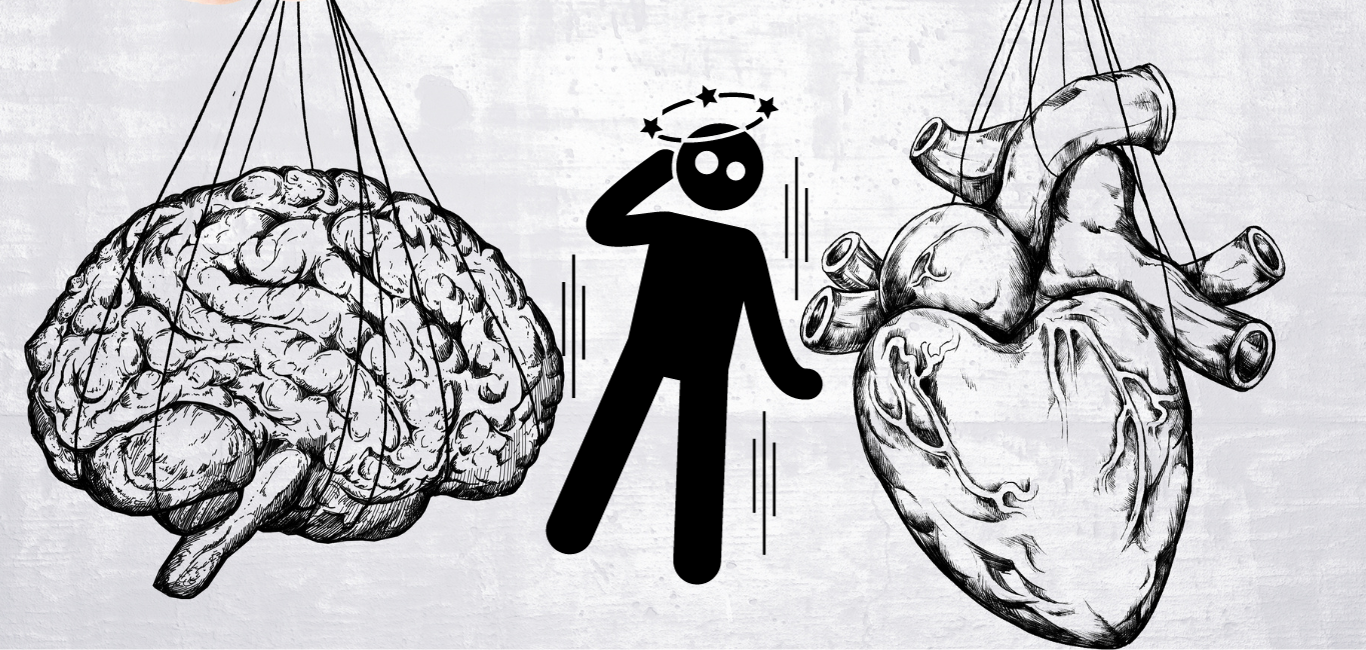
When stress and anxiety overpower us, everything appears blurred. Often, we feel cloistered and mentally foggy.
At such times, we have been told to take a few deep breaths. But ever wondered why? The answer lies in the relationship between the brain and breathing rhythm – each influencing the other.
Breath masters
Breathing is inherent to our existence. The smooth coordination of the lungs, diaphragm, muscles and the brain enables this process.
In the brain, the brainstem sets the pace of breathing. “The medulla oblongata and pons are the predominate part of the brainstem, involved in generating and modulating the breathing rhythm during body states, including sleep, awake or while talking,” says Dr Jan-Marino (Nino) Ramirez, director of the Center for Integrative Brain Research at Seattle Children’s Research Institute and a professor of neurological surgery at the University of Washington.
The respiratory centre in the brain works based on the body’s feedback in the form of chemicals like hormones and physical stimuli like pressure, touch, and sound. In addition, the cerebral cortex and hypothalamus indirectly influence the rhythm of breathing during different emotional states and while doing something consciously.
Brain and breath go hand-in-hand
Dr Ramirez says the brain and breathing are mutually connected. “Brain controls breathing, and breathing also controls the brain,” he says.
Focusing on the exhalation during breathing induces calmness and relief. Conversely, inspiration [inhalation] triggers arousal or waking up, adds Dr Ramirez.
When we face mental turbulence or panic situations, it alters the normal function of the body. It hyperactivates certain brain parts like the amygdala or insula, favouring stress and anxiety.
Benefits of pranayama
In these moments, pranayama or meditation emerges as a beacon to regulate breathing and reduce stress. Moreover, it helps restore the brain and body harmony.
Breathwork is the core of pranayama. Through this practice, we train our mind to consciously trace the route of airflow in the body, starting from the nostril to the alveoli— the small pouches in the lungs. Regular practice of pranayama helps to shut out the external noise and focus inward on breathing. “This is what we call mindful breathing,” says Shubham Sharma, yoga therapist, Bengaluru.
“Mindful breathing is an effective tool to gather the mind from scattered thoughts, thereby guiding the brain and mind to work in one direction to nurture overall well-being,” says Dr Ramirez. He adds that breathing controls neural activity in the brain by regulating electrical signals and chemicals released, like norepinephrine and serotonin. Mindful breathing also regulates the vagal tone (activity of the vagus nerve) and relaxes the nervous system. “Thereby easing stress and calming the brain,” says Sharma.
Pace matters
Sharma explains that there are three stages of breathing: inhalation, exhalation, and the retention of air. In each phase, three elements play a crucial role-
- Space- focusing on body parts
- Time- the pace of inhalation and exhalation
- Count- length of each breath
Variations in breathing patterns have a distinct influence on the brain. For example, slow and deep breathing or sukha pranayama, activates parasympathetic nerves, thus reducing anxiety and relieving pain. “Breathing very fast or heavily alerts the brain by releasing excitatory neurochemicals like substance P and norepinephrine,” says Dr Ramirez.
Pranayama for brain health
“All kinds of pranayama help in mental health and also lead to changes in the brain,” says Sharma. He suggests a few pranayama for brain health—
- Kapalabhati pranayama– it increases blood flow in the frontal lobe of the brain, thereby improving decision-making, imagination and cognition.
- Nadi shuddhi pranayama– also called alternate nostril breathing, it stabilises the balance between sympathetic and parasympathetic responses. It helps to calm down and lower the cortisol levels.
- Bhramari pranayama– it activates brain areas (like the frontal lobe) responsible for inducing positive emotions and calms the amygdala and limbic cortex.

















